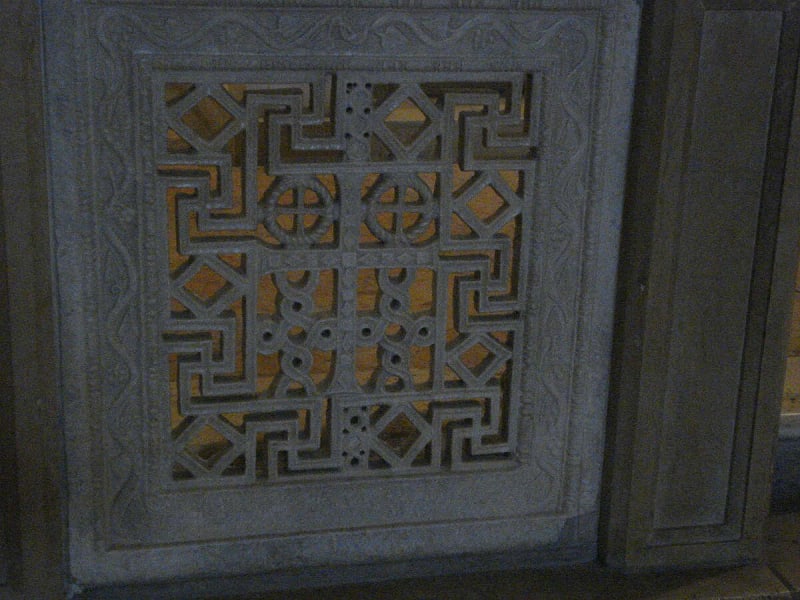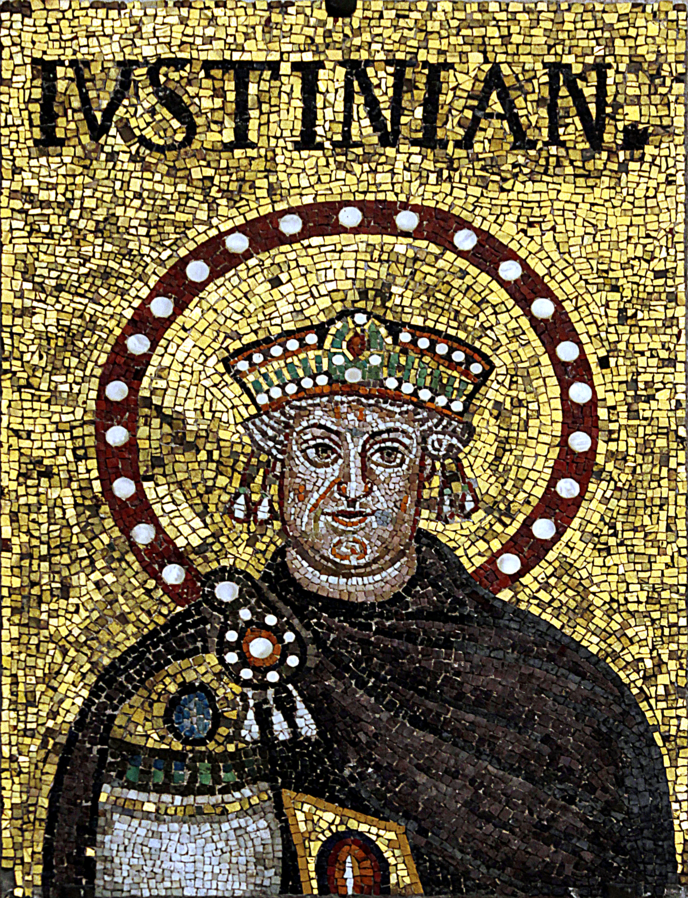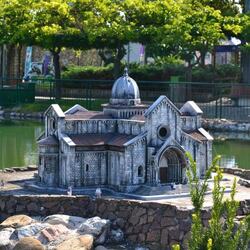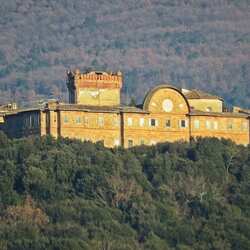Sant'Apollinare Nuovo
Sant'Apollinare Nuovo is one of the most famous landmarks in Italy. The early Christian basilica, which is very popular among tourists, is located in the small town of Ravenna. The basilica is famous for its magnificent mosaics, in this article we will learn about interesting facts about this unique basilica.
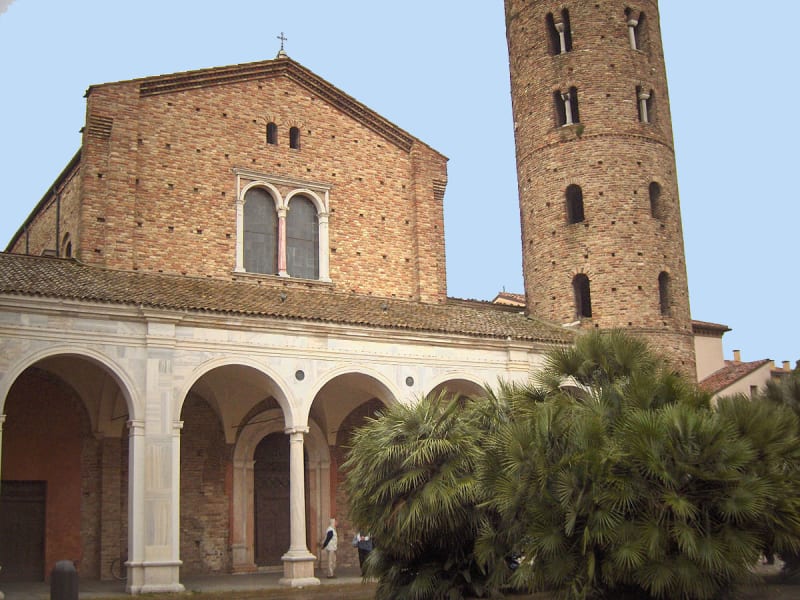
History of origin
It should be noted a very important fact - Sant'Apollinare Nuovo is included in the UNESCO World Heritage List. In the 6th century, King Theodoric began the construction of a basilica, which he decided to dedicate to Christ the Savior. The construction itself took place next to the royal palace, the ruins of which have survived to our time. The appearance of the first mosaics dates back to the time of the Goths - Arians. After a long period of time, the city of Ravenna was taken over by Emperor Justinian, who rejected the Arian trend. All the buildings built by Theodoric were rededicated by Orthodox Christians, and the old mosaics were destroyed or moved to other places.
In 858, the Basilica of Sant'Apollinare Nuovo officially received its current name, it was in this year that the last consecration of the church took place and the relics of St. Apollinaris were moved to it. The church has undergone several changes. In the 10th and 11th centuries, a bell tower was added to it, and in the 16th century, they began to raise the floor level of the church due to the danger of flooding, unfortunately, as a result, the original mosaic floor was irretrievably damaged. In the 18th century, side chapels were added, one of which is the Chapel of St. Anthony, where festive processions take place annually.
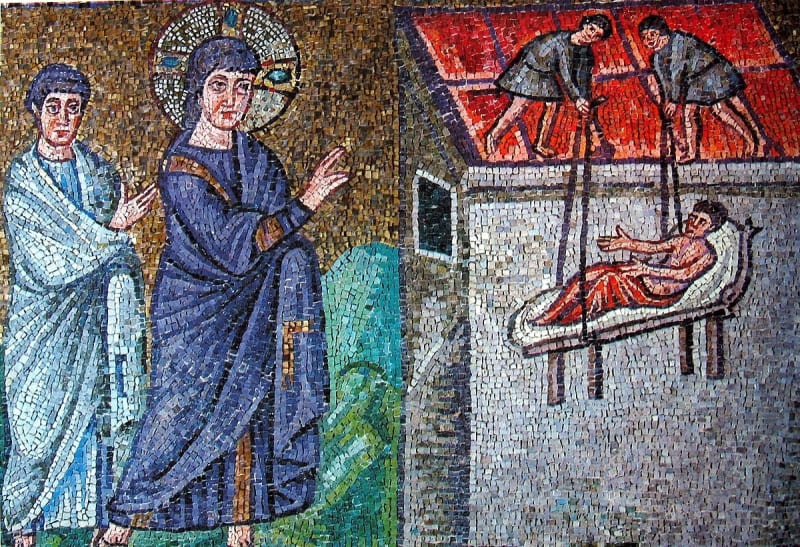
The Wonders of Sant'Apollinare Nuovo
The central place in the basilica is occupied by mosaics laid out on the walls, vaults, floors. Each mosaic is unique - you can see different prophets, angels, as well as scenes from the New Testament and other Gospel motifs. It is interesting that there are no mosaics dedicated to the death of Christ in Sant'Apollinare Nuovo. The real work of art is the northern wall of the church, which depicts 13 scenes of miracles of Christ.
We can see the ancient mosaics of the Arian period (which have survived to our time in pristine condition) and the rest of the sculptural decoration: peacock and cross, carved throne and porphyry canopy. The four-part barrier next to the throne with the image of a vine is surprising. In the 20th century, it became known about the reverse side of the barrier, which preserved unique images of the 6th century.
The Basilica of Sant'Apollinare Nuovo is a unique place where everyone can enjoy an atmosphere of peace and aesthetic enjoyment. This tourist destination is a must-visit for all art lovers.

